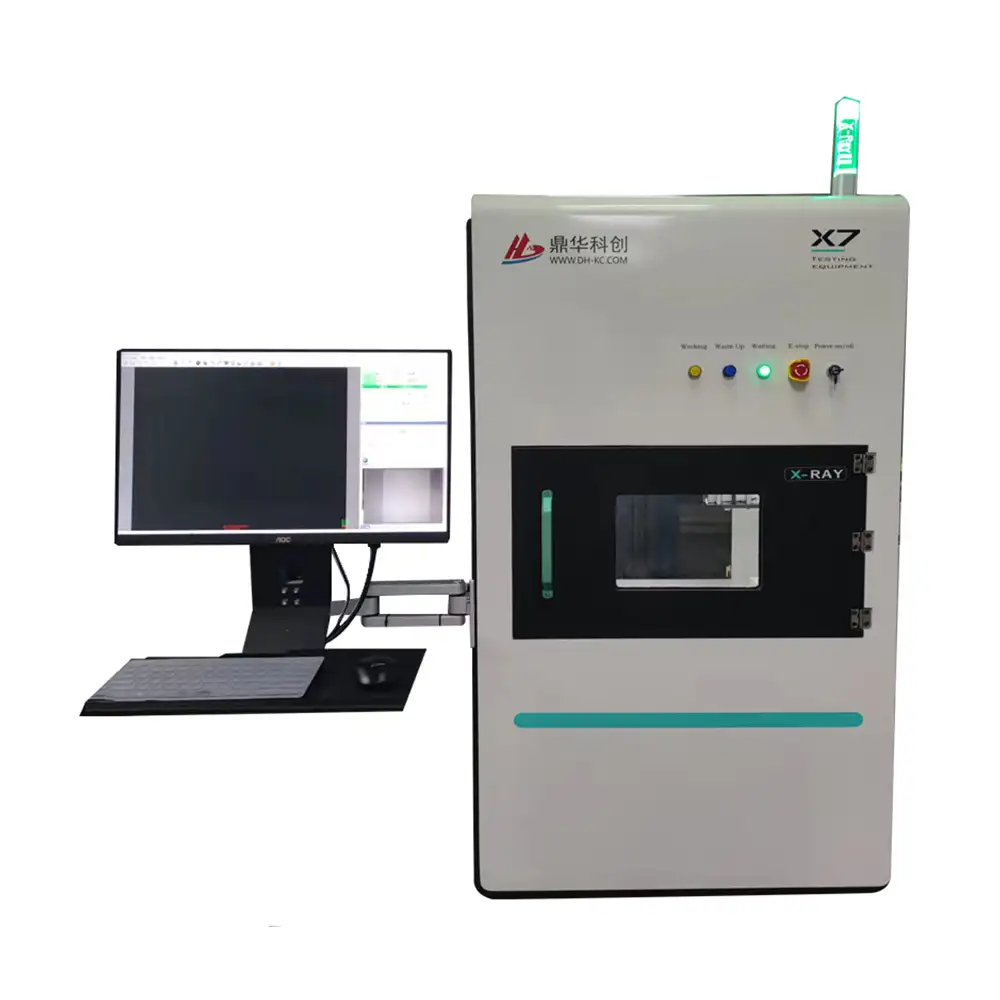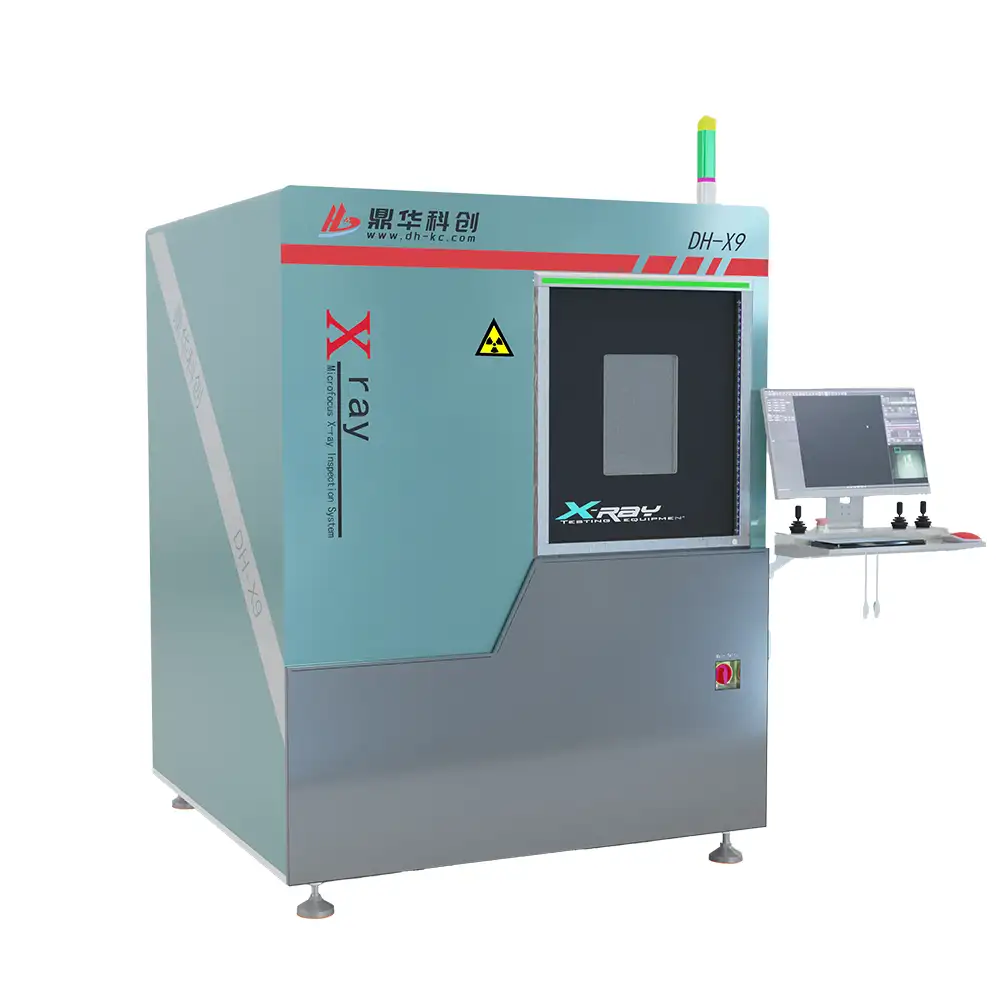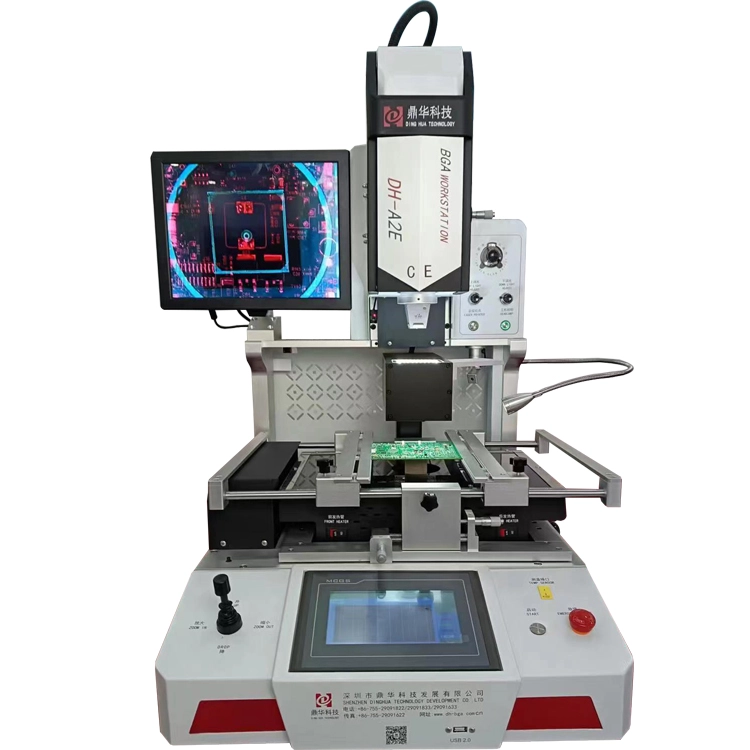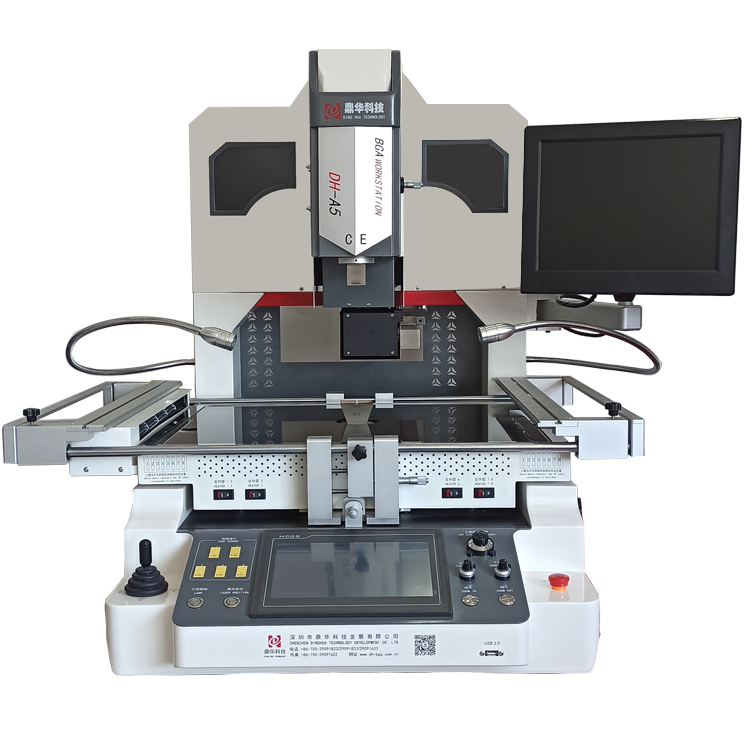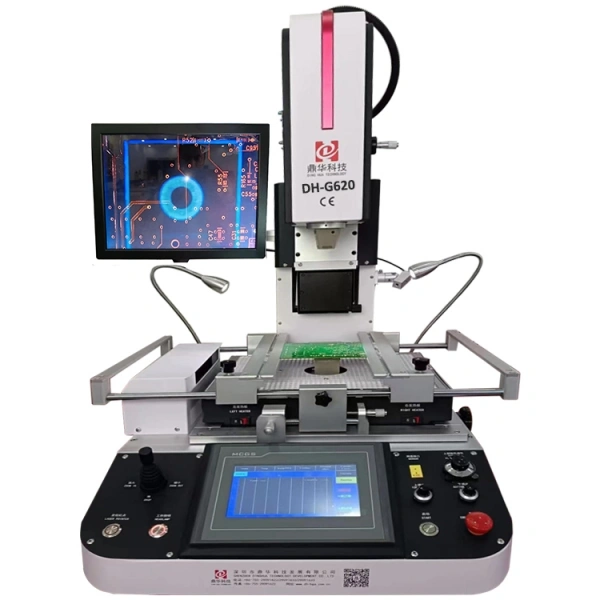Professional Equipment Manufacturer
 Esperanto
Esperanto
 Shqiptare
Shqiptare
 Euskara
Euskara
 Zulu
Zulu
 Latinus
Latinus
 Cymraeg
Cymraeg
 தமிழ்
தமிழ்
 Slovak
Slovak
 Slovak
Slovak
 Afrikaans
Afrikaans
Maximizing Efficiency: Best Practices for Using BGA Rework Machines
2025-04-09
Maximizing Efficiency: Best Practices for Using BGA Rework Machines
Table of Contents
- Introduction to BGA Rework Machines
- Understanding BGA Technology
- Importance of BGA Rework Machines in Industrial Applications
- Key Features of BGA Rework Machines
- Best Practices for Using BGA Rework Machines
- Maintenance and Care for BGA Rework Machines
- Troubleshooting Common BGA Rework Issues
- Future of BGA Rework Technology
- Conclusion
- FAQs
Introduction to BGA Rework Machines
BGA (Ball Grid Array) rework machines are essential tools in the electronics industry, enabling the repair and reinstallation of BGA components on printed circuit boards (PCBs). The complexity of modern electronics demands precision and efficiency, making it crucial to understand how to maximize the utility of these machines.
In this article, we delve into the best practices for using BGA rework machines effectively. By following these guidelines, technicians can ensure high-quality repairs, reduce waste, and ultimately enhance productivity.
Understanding BGA Technology
To appreciate the functionality of BGA rework machines, it's important to have a grasp of BGA technology itself. BGAs consist of an array of solder balls that are mounted on the underside of a chip package, providing improved electrical and thermal performance compared to traditional soldering methods.
Advantages of BGA Technology
1. **Higher Density**: BGA packages can accommodate more connections in a smaller footprint.
2. **Better Thermal Management**: Solder balls improve heat dissipation, enhancing performance.
3. **Reduced Electromagnetic Interference**: The design minimizes signal integrity issues.
Understanding these advantages is key to recognizing why BGA rework machines are vital in the PCB manufacturing and repair process.
Importance of BGA Rework Machines in Industrial Applications
BGA rework machines hold significant importance in various industrial applications. They allow for the repair of costly electronic components, reducing the need for complete board replacements, which can be time-consuming and expensive.
The Economic Impact of BGA Rework
Investing in BGA rework technology not only saves money but also enhances operational efficiency. Companies can maintain high standards of quality while minimizing downtime and waste.
Key Features of BGA Rework Machines
When selecting a BGA rework machine, several key features should be considered:
1. Temperature Control
Precise temperature control is critical for effective soldering and desoldering. Machines should offer adjustable settings to accommodate various component types.
2. Optical Alignment Systems
Accurate alignment is essential for successful rework. Look for machines with built-in cameras or optical systems that facilitate precise positioning.
3. User-Friendly Interface
A machine with an intuitive interface allows technicians to operate it more efficiently, reducing training time and potential errors.
4. Vacuum Pickup Systems
These systems are vital for handling delicate components without damage, ensuring the integrity of the BGA packages.
Best Practices for Using BGA Rework Machines
To maximize efficiency and effectiveness, adhere to these best practices when utilizing BGA rework machines:
1. Prepare the Work Environment
Ensure that the workspace is clean and organized. A clutter-free environment minimizes the risk of contamination and errors.
2. Perform Regular Equipment Calibration
Regularly calibrate your BGA rework machine to maintain accuracy. This step is crucial for optimal performance and ensures consistency in results.
3. Utilize Proper Soldering Techniques
Mastering soldering techniques is vital for successful rework. Follow guidelines for solder paste application, heating times, and cooling procedures to achieve the best results.
4. Monitor Temperature Profiles
Use thermal profiling tools to monitor the temperature during the rework process. This data helps in adjusting settings for different components and ensures even heating.
5. Keep Components and Tools Organized
Maintain an organized inventory of components and tools. This practice not only streamlines the rework process but also reduces the risk of using incorrect materials.
6. Train Technical Staff Thoroughly
Invest in comprehensive training for staff operating BGA rework machines. Expertise in handling equipment and understanding processes leads to improved results.
Maintenance and Care for BGA Rework Machines
Regular maintenance of BGA rework machines is crucial for their longevity and performance. Implement a routine maintenance schedule that includes:
1. Cleaning the Equipment
Regularly clean the machine, including the nozzles and heating elements, to prevent buildup that can affect performance.
2. Inspecting Components for Wear
Check for worn-out parts and replace them as necessary. This proactive approach helps maintain efficiency and avoids unexpected downtimes.
3. Updating Software
Ensure that the machine’s software is up-to-date. Manufacturers often release updates that can improve functionality and address potential issues.
Troubleshooting Common BGA Rework Issues
Even with the best practices in place, issues may arise during the rework process. Here are some common problems and their solutions:
1. Insufficient Heating
If the solder doesn’t melt properly, check the temperature settings and ensure the machine is calibrated correctly.
2. Misalignment of Components
Ensure that the optical alignment system is functioning properly. Misalignment can lead to solder joint failure.
3. Poor Solder Joint Quality
Evaluate the solder paste quality and application technique. Inconsistent application can lead to weak joints.
Future of BGA Rework Technology
The future of BGA rework technology is promising, with ongoing advancements aimed at improving efficiency and accuracy. Emerging trends include:
1. Automation
Incorporating automation in BGA rework processes will streamline operations and reduce human error.
2. Enhanced Tracking Systems
Developing tracking systems for components will provide real-time data, allowing for better inventory management and quality control.
3. Eco-Friendly Technologies
The push for sustainability in manufacturing is leading to the development of eco-friendly soldering materials and processes.
Conclusion
Maximizing the efficiency of BGA rework machines is essential for ensuring quality repairs and maintaining productivity in the electronics industry. By understanding the technology, implementing best practices, and committing to ongoing maintenance, organizations can significantly enhance their operational outcomes. The future of BGA rework technology promises exciting advancements that will further streamline processes and improve efficiency. Embrace these practices to stay ahead in the competitive landscape of industrial equipment repair and installation.
FAQs
1. What is a BGA rework machine?
A BGA rework machine is an advanced tool used to repair or replace Ball Grid Array (BGA) components on printed circuit boards.
2. Why is temperature control important in BGA rework?
Temperature control ensures that solder melts and solidifies correctly, which is critical for creating strong solder joints.
3. How often should BGA rework machines be calibrated?
BGA rework machines should be calibrated regularly, ideally before each significant production run or after any maintenance.
4. What types of issues can arise during BGA rework?
Common issues include insufficient heating, misalignment of components, and poor solder joint quality.
5. How can I improve the quality of my solder joints?
Improving solder joint quality involves mastering soldering techniques, monitoring temperature profiles, and using high-quality solder paste.
Keywords:
Related News
Essential Insights on Manual BGA Rework Stations for Industrial Equipment Repair
In the realm of industrial equipment repair, a Manual BGA (Ball Grid Array) rework station stands out as an invaluable tool for technicians and engineers. These stations are specifically designed for the rework and repair of BGA components on printed circuit boards (PCBs), a common requirement in various electronic devices and machinery. Understanding how to effectively utilize a Manual BGA rework
From Beginner to Pro: Mastering Your BGA Rework Station for Enhanced Industrial Equipment Repair
From Beginner to Pro: Getting Started with Your BGA Rework Station Table of Contents 1. Introduction to BGA Rework Stations 2. Understanding BGA Rework Technology 3. Essential Tools for Your BGA Rework Station 4. Setting Up Your BGA Rework Station 5. Key Techniques for Effective BGA Rework 6. Troubleshooting Tips for BGA Rework 7. Safety Precautions When Using a BGA Re
Nepcon China
Mastering BGA Rework Stations: Essential Insights for Industrial Equipment Maintenance
When it comes to maintaining and repairing industrial equipment, BGA (Ball Grid Array) rework stations have become indispensable tools. These stations are specifically designed for soldering, removing, and replacing BGA components on printed circuit boards (PCBs). Understanding how to effectively use a BGA rework station can greatly enhance the quality of your repairs and extend the lifespan of yo







